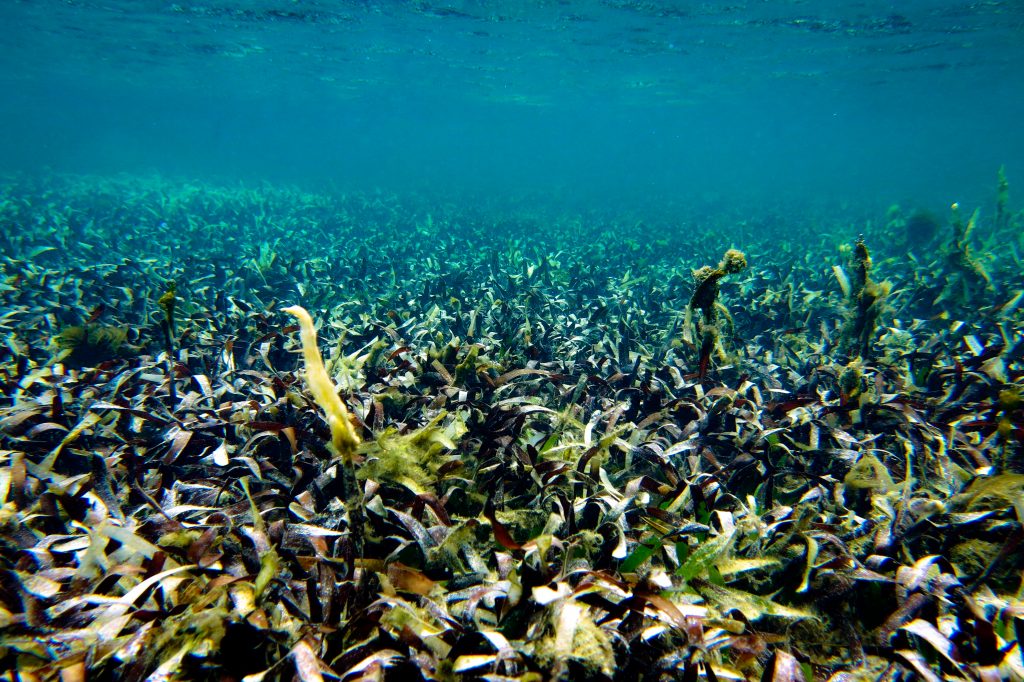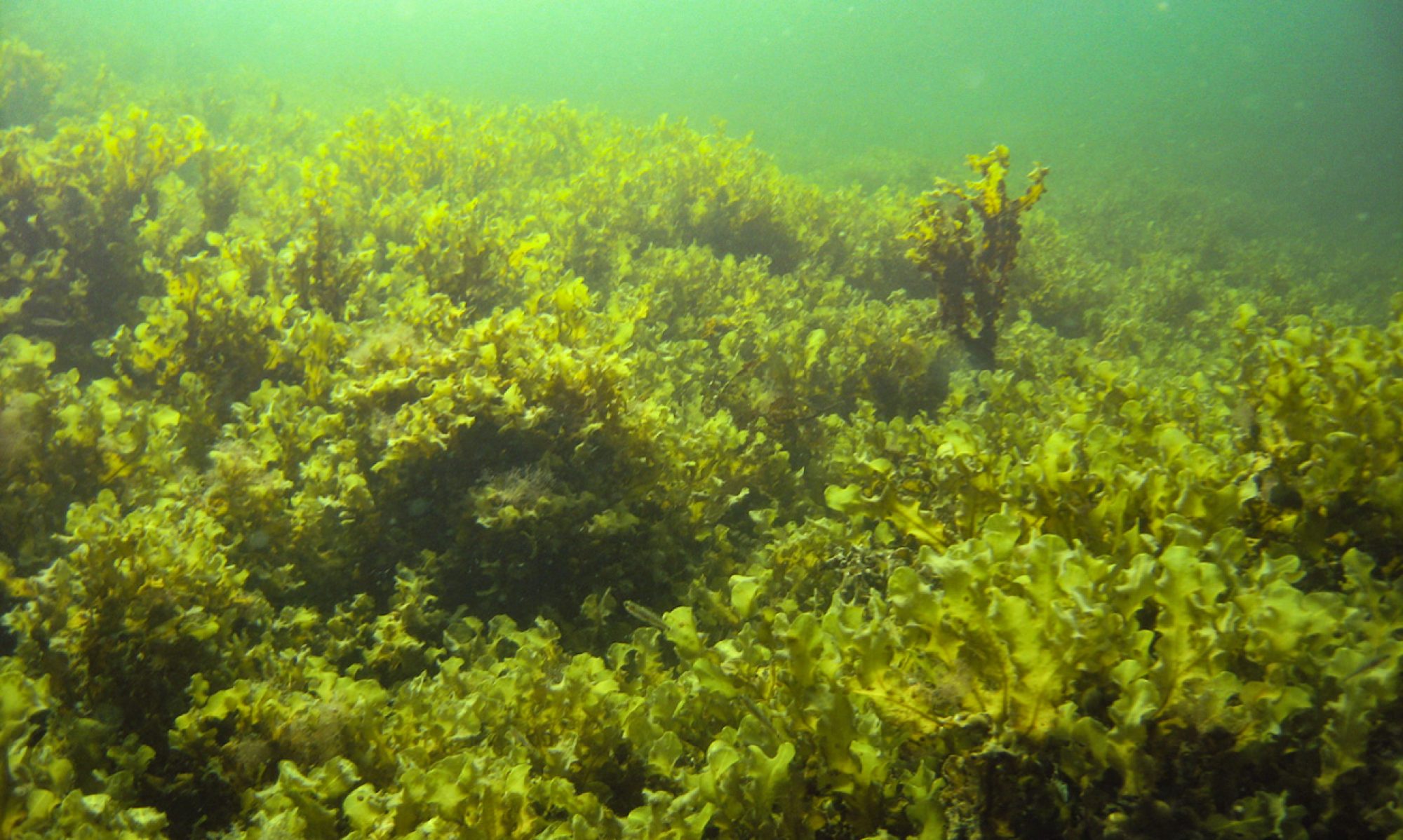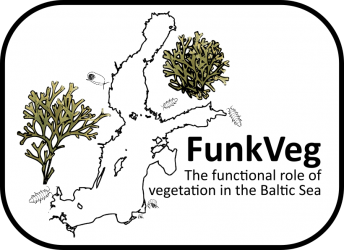We are currently in a biodiversity crisis. The rate of extinction is 100 to 1000 times faster than the natural rate (Singh, 2012) and by the end of the 21st century we will have lost at least 50% of all species (Myers, 1993).

A view from space
Undoubtedly, this species loss will have overwhelming effects on how we live. Biodiversity loss is not only an environmental issue, it also directly effects us as a society, as well as our development, economy and security. In fact the UN (2019) declared that biodiversity loss undermines progress towards 80% of the assessed targets of their Sustainable Development Goals.
Much attention has been focused on the loss of species, such as the charismatic black rhino or the snow leopard. With more than 31,000 species threatened with extinction (IUCN, 2020) this is understandable. Species are undeniably important and we should aim to conserve them, but we should not ignore the fact that we are losing so much more than just species in this biodiversity decline.

Snow leopard, Marwell Zoo, UK
Biodiversity manifests throughout scales, from ecosystems, communities, species, and even genes. Genetic diversity, or the variety of genes, is a vital part of biodiversity. Yet genetic diversity is frequently overlooked in international conservation policies.
Genetic diversity can be represented between species: you are genetically different from your pet cat; or within species: both you and I share different genes. If genetic diversity declines within a species there can be devastating consequences to the stability and functioning of that species.
In the case of the Florida panther low genetic diversity led to a range of severe problems. In fact the species was slated for extinction, with only ~30 individuals remaining (Ohio State University, 2019). Luckily for the Florida panther this downward spiral was rescued by the addition of new genes into the genepool from eight Texas puma females. This increased genetic diversity has saved the Florida panther and now at least 230 roam the wilds of Florida.
But what about species that have natural populations with sustained low genetic diversity?

Seagrass meadow, Rottnest Island, Western Australia
Seagrasses have notoriously low genetic diversity, often forming vast meadows of a few clones. The genetic diversity within these meadows, though conventionally low, is also important. Seagrass meadows with greater numbers of genetically different individuals have far better growth after disturbance compared to meadows of a single clone (Reusch et al., 2005; Hughes & Stachowicz, 2011). So even in species with typically low genetic diversity, higher diversity can be beneficial.
This highlights that policy makers are making a big mistake overlooking genetic diversity. By taking genetic diversity into account we could vastly improve the effectiveness of our conservation measures. Hence, if we want to successfully conserve a species, especially a threatened species, the conservation of the genetic variation within the species is of the utmost importance.
Sources:
Hughes AR, Stachowicz JJ. 2011. Seagrass genotypic diversity increases disturbance response via complementarity and dominance. Journal of Ecology 99:445-453
IUCN 2020. The IUCN Red List of Threatened Species. Version 2020-1. https://www.iucnredlist.org. Downloaded 30 April 2020
Myers, N. (1993). Biodiversity and the precautionary principle. Ambio, 22, 2/3:74-79
Ohio State University. (2019, October 3). How the Texas puma saved the Florida panther: Uncovering the genetic details of a conservation success story. ScienceDaily. www.sciencedaily.com/releases/2019/10/191003111755.htm. Downloaded 29 April 2020
Reusch TBH, Ehlers A, Hämmerli A, Worm B. 2005. Ecosystem recovery after climatic extremes enhanced by genotypic diversity. Proceedings of the National Academy of Sciences of the United States of America 102:2826_2831 DOI 10.1073/pnas.0500008102
Singh, J. S. (2002). The biodiversity crisis: a multifaceted review. Current Science, 82(6), 638-647
United nations [UN] (2019) www.un.org/sustainabledevelopment/blog/2019/05/nature-decline-unprecedented-report/. Downloaded 30 April 2020

